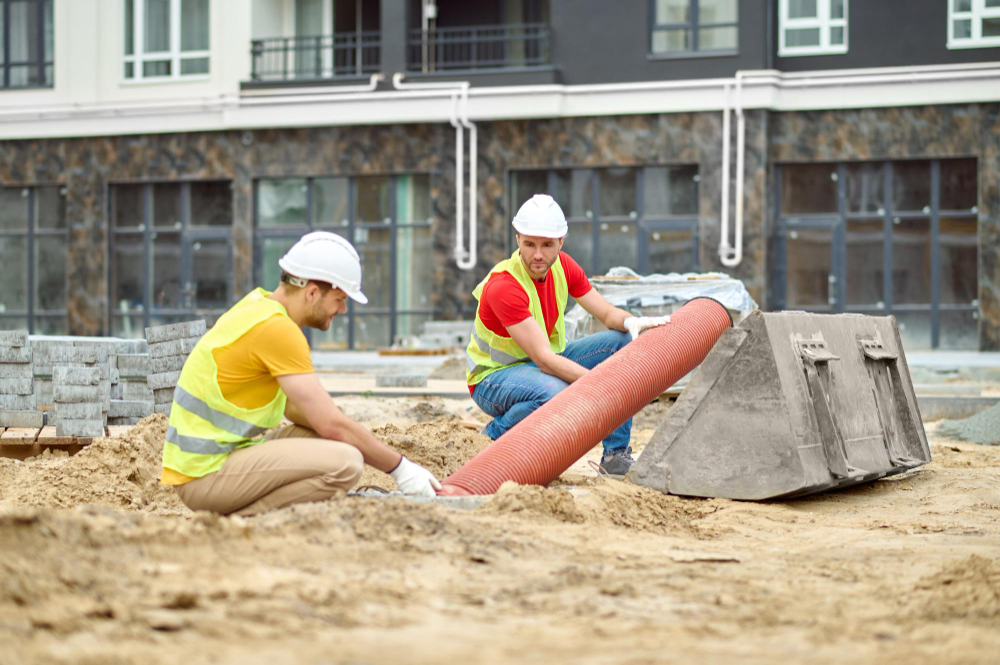Natural disasters have a way of revealing both the vulnerability and resilience of communities. From hurricanes and earthquakes to wildfires and floods, these events can wreak havoc on homes, infrastructure, and the lives of countless individuals. Amidst the chaos, civil contractors emerge as unsung heroes, leading the charge in disaster relief and reconstruction efforts. In this blog, we'll delve into the crucial role civil contractors play in the face of adversity and explore how they contribute to rebuilding communities more robust than before.
Understanding the Role of Civil Contractors
Civil contractors, often called construction or general contractors, oversee large-scale construction projects. Their expertise ranges from building roads and bridges to constructing commercial structures and residential complexes. However, their role extends beyond traditional construction – they become the backbone of disaster recovery and reconstruction when Mother Nature strikes.
The First Responders of Construction
Natural disasters leave communities shattered, demanding urgent attention. Civil contractors step in as the first responders of construction, assessing the damage, ensuring safety, and mobilizing resources. Their knowledge of construction methodologies, project management, and logistics positions them as pivotal in orchestrating recovery efforts. Their swift action is essential for setting the stage for successful relief operations.
Coordination and Collaboration
Disaster relief is a complex endeavor that demands coordination among various stakeholders, – government agencies, emergency services, NGOs, and the affected community. Civil contractors excel in orchestrating this collaboration, acting as a bridge between entities to streamline efforts. Their ability to manage resources, timelines, and communication channels ensures relief work progresses seamlessly. By bringing together diverse groups, they create a synergy that optimizes the effectiveness of disaster relief efforts.
Swift Infrastructure Restoration
In the aftermath of a disaster, functional infrastructure is paramount. Civil contractors work tirelessly to restore critical lifelines, such as roads, bridges, and utility systems. Their swift action facilitates the movement of emergency services and enables access to supplies and personnel, expediting recovery. By focusing on these essential components, civil contractors allow communities to regain a sense of normalcy and provide a foundation for subsequent rebuilding efforts.
Building Back Stronger and Resilient
Reconstruction is not just about restoring what was lost; it's an opportunity to build back more substantial and resilient. Civil contractors leverage their expertise to integrate disaster-resistant designs and materials into rebuilding projects. This proactive approach safeguards against future events, minimizing the impact of similar disasters. By incorporating innovative solutions, they contribute to the long-term sustainability of communities, ensuring they are better equipped to withstand future challenges.
Community Engagement and Empowerment
Successful disaster relief and reconstruction hinge on community engagement. Civil contractors involve community members in decision-making, ensuring their voices are heard, and their needs are prioritized. This collaboration fosters trust and empowers residents to actively participate in shaping the recovery of their neighborhoods. Civil contractors create a sense of ownership and pride in rebuilding by including the perspectives of those directly affected.
The Role of Technology
Modern civil contractors harness technology to streamline disaster relief efforts. From drones for damage assessment to Building Information Modeling (BIM) for precise reconstruction planning, technological advancements enhance efficiency and accuracy in the face of adversity. These tools enable civil contractors to gather crucial data, make informed decisions, and execute projects more precisely, ultimately contributing to faster and more effective disaster recovery.
When nature unleashes its fury, civil contractors rise as beacons of hope, rebuilding shattered communities. Their ability to navigate chaos, coordinate efforts, and employ construction expertise is invaluable in disaster relief and reconstruction. The resilience of communities is a testament to the dedication of these unsung heroes. As we witness the strength and unity that arise from adversity, it's important to recognize the essential role that civil contractors play in helping communities recover, rebuild, and emerge stronger from the shadows of disaster. Their commitment to building beyond bricks and mortar speaks volumes about their dedication to the well-being and future of our nation.

